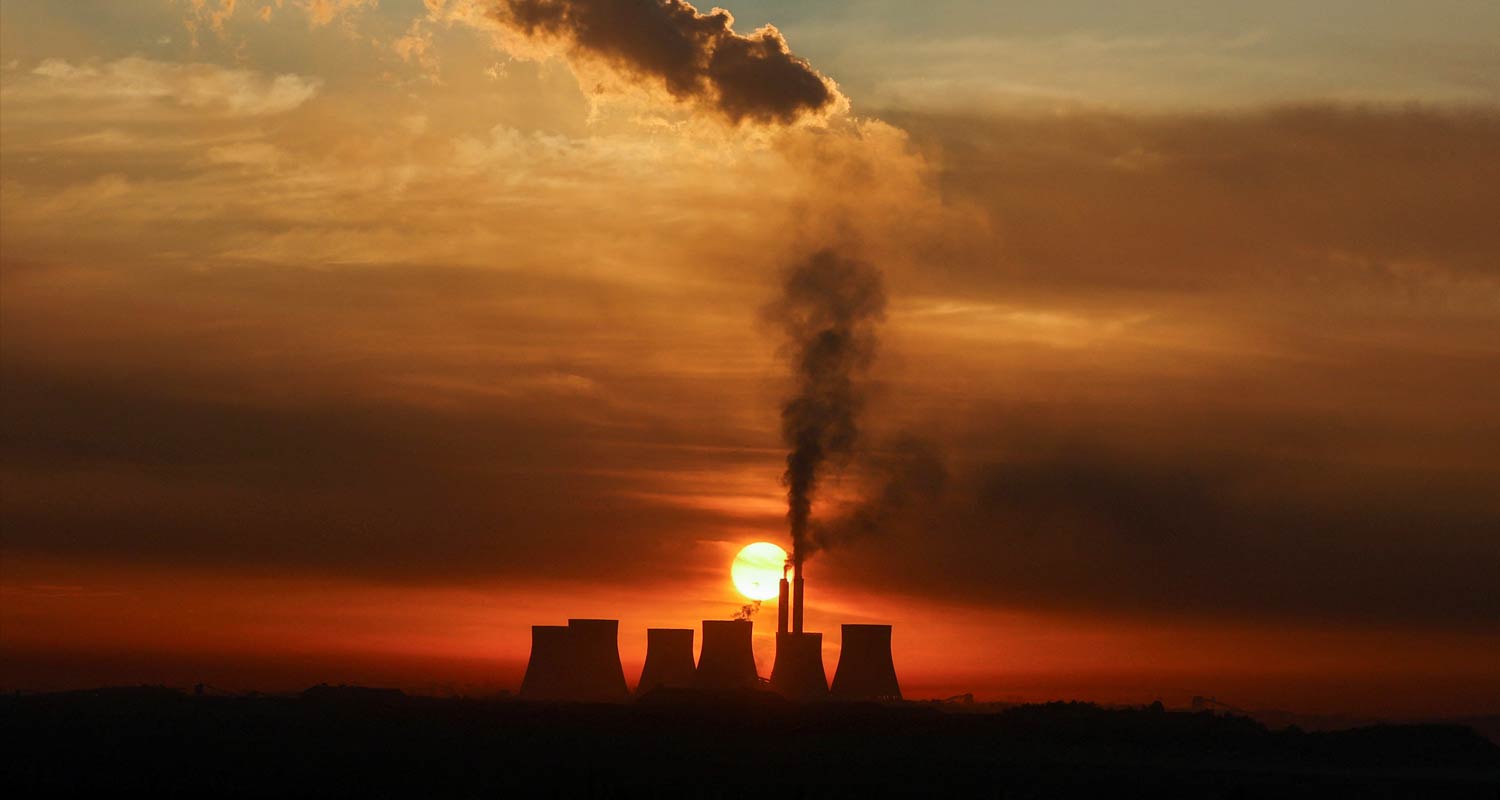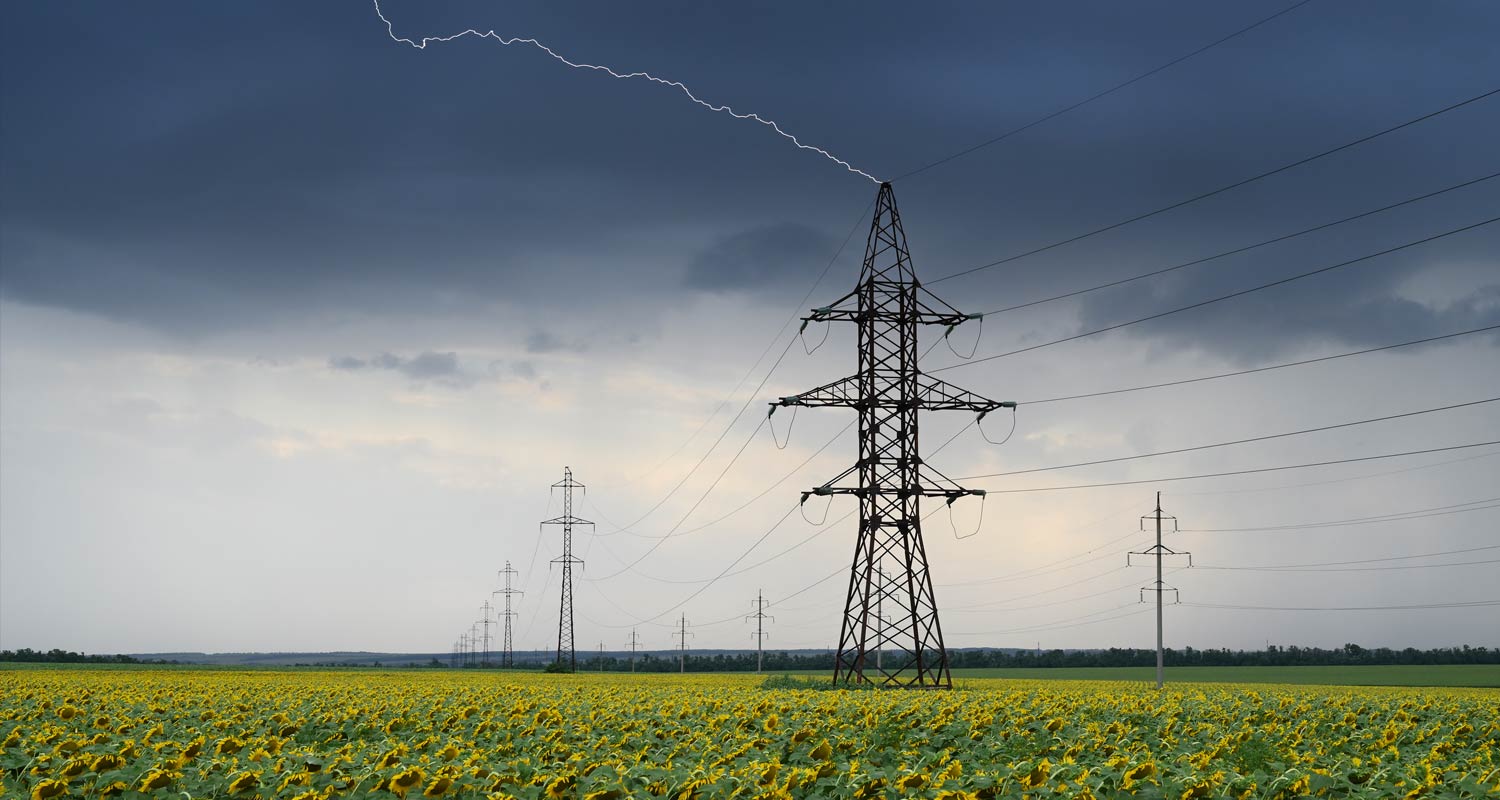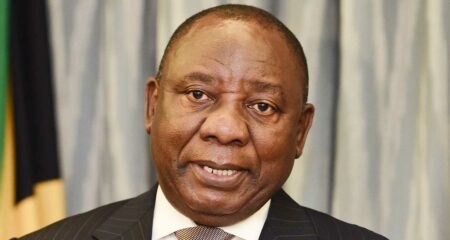 South Africa endured an electricity crisis from 2008 characterised by intermittent rolling blackouts and a growing culture of non-payment. Eskom came to be regarded as the single largest risk to South Africa’s economy. At the end of March 2020, the state-owned utility’s debt stood at R488-billion.
South Africa endured an electricity crisis from 2008 characterised by intermittent rolling blackouts and a growing culture of non-payment. Eskom came to be regarded as the single largest risk to South Africa’s economy. At the end of March 2020, the state-owned utility’s debt stood at R488-billion.
Government has attempted several measures to overcome the country’s energy problems. These have included new Eskom boards, new CEOs, bailouts for Eskom and a National Energy Crisis Committee that includes the private sector. Now it’s trying legislative reform.
In mid-August 2024 President Cyril Ramaphosa approved a new law that marks the most significant change to date in the electricity supply industry. The Electricity Regulation Amendment Act is the beginning of the end of Eskom, the near state monopoly that has dominated South Africa’s electricity sector since the 1950s.
The law paves the way for Eskom to end its transmission business over the next five years. It seems likely to be a generator for a long time, however: its new coal-fired stations are designed to operate for 50 years. The new act envisages a hybrid market model, designed to accommodate various kinds of transactions.
Competition and market prices are expected to emerge over time. New kinds of businesses are emerging, such as traders in electricity, “prosumers” (consumers that also produce electricity for sale into the grid), electricity market operators and system operators.
Ramaphosa promised that: “The act will lead to long-term energy security, a more competitive energy system, more rapid uptake of renewable energy sources, and ultimately lower energy prices for all South Africans.”
Not a destination
The new law is indeed ground-breaking, and an important step along South Africa’s zig-zag, stop-start path to electricity market reform. But electricity market reform is a process that evolves over years as technologies and markets change. It is not a destination.
Based on my 40-odd years in the energy sector, including six on the Eskom board, I believe that on balance, the new law is good news for electricity market reform. However, there are some matters to be concerned about.
Change is hard in South Africa. It has taken 26 bumpy years since the 1998 white paper to get to this entry point to market reform. It would be naive to expect a smooth ride from here on. Vested interests in and around Eskom and the municipalities will want to cling to their powers. New technologies are disrupting the old way of doing things. There is no national champion driving electricity reform and with weak government there is the risk of reform being diverted elsewhere.
 Electricity market reform in South Africa has its origins in a white paper on energy policy published in 1998. The first round of efforts to implement this policy and to begin the unwinding of Eskom’s monopoly led to:
Electricity market reform in South Africa has its origins in a white paper on energy policy published in 1998. The first round of efforts to implement this policy and to begin the unwinding of Eskom’s monopoly led to:
• Eskom being separated into divisions in 2000
• The establishment of Electricity Distribution Holdings to own the new regional electricity distributors in 2003
• The establishment of the National Energy Regulator of South Africa in 2005
• The establishment of the Independent Power Producer Procurement Programme Office in 2006
• An Independent System Operator Bill in 2012
But this first attempt at reform petered out by 2015. After a lull of some years, a second round of attempts at market reform was initiated by the Eskom Roadmap published in 2019. This, along with public pressure from increasing power cuts, led to the Electricity Regulation Amendment Bill being released for public comment in March 2021. After 42 months, the president signed the act on 16 August 2024.
What changes are envisaged?
Within the next five years, a new juristic person, the Transmission System Operator SOC, is to be created. The foundations of this exist in the form of the National Transmission Company of South Africa, which Eskom has already set up as a wholly owned subsidiary.
The role of the new entity will be as follows:
- “As a system operator, it will have the task of keeping demand and supply in balance every second of the day and deciding where power is drawn from first.” This is where it runs into “player and referee” challenges as it must ensure fair competition between multiple electricity generators: Eskom and privately owned ones.
- It will be a market operator. This will involve providing a platform for competitive, wholesale or retail buying and selling of electricity. It will have to establish rules to govern the market (much like stock markets have rules for buying and selling shares). It must ensure that financial settlements between buyers and sellers are settled in a fair, neutral and transparent manner.
- It will be a central purchasing agency that will provide market support functions.
Eskom has been a near monopoly for a long time and is unlikely to give up its market dominance without a fight. There are some provisions in the new act which are intended to protect the market from Eskom dominance.
As usual, the devil will be in the detailed regulations and codes. On 19 April 2024, Eskom launched a draft market code for public comment by 30 September 2024. At the same time, the National Energy Crisis Committee launched its description of the market model.
Possible brakes on progress
Access to transmission and distribution infrastructure will be crucial for a market to operate. Independent generators will need to transport their electricity to their customers. Initially, customers will remain with their existing suppliers but as the electricity markets evolve, retail customers will be able to choose their suppliers.
The new act grants “third-party access” to such infrastructure. But that access is not defined. Usually, the first party is the owner of the infrastructure and the second party is its customers. The third party is anyone else.
Third-party access usually means that the owner of a natural monopoly can serve its customers first and that any capacity left over can be used by others. The act makes this clear – access can be refused “where it lacks the necessary capacity”. This provision protects incumbents like Eskom and municipalities and could slow down the evolution of market competition.
 Concerns
Concerns
The new act raises several concerns.
A 20-year cap is introduced for the duration of generation, transmission or system operation licences (or a lesser period decided by the national energy regulator).
Large power infrastructure such as transmission lines, coal and nuclear generators typically have useful lives of more than 20 years. Investors will want to recover their investments within the 20-year licence period through higher tariffs. After 20 years, customers will have something of a “free ride” as the asset will have been paid for.
In contrast, the licence period for long-life distribution assets is left to the regulator to decide.
Read: Private power producers seek fair deal over Eskom curbs
Another major concern is that the act gives the responsible minister new and wide-ranging powers.
The minister can decide, for example:
- To deviate from an integrated resource plan or a transmission development plan if it is in the national interest and when it is “reasonable and justifiable”, without public consultation. (Previously the national interest was only invoked in land expropriation.)
- To establish an “energy infrastructure project”, which is not defined, but can include “gas infrastructure”. This curious new type of project appears to contemplate cross-border trade in gas (type unspecified) for gas-to-power but might also be used for new nuclear capacity.
As South Africa’s power system increasingly moves to private ownership, investor confidence becomes more important. Wide-ranging ministerial discretion contributes to investor uncertainty.
There is a risk that the new act or parts of it may be stillborn as the South African Local Government Association has objected to certain provisions and threatened legal action. Media reports suggest that President Ramaphosa has left the door open to excluding certain provisions.![]()
- The author, Rod Crompton, is visiting adjunct professor, African Energy Leadership Centre, Wits Business School
- This article is republished from The Conversation under a Creative Commons licence




